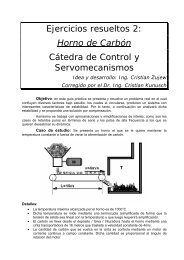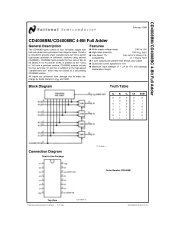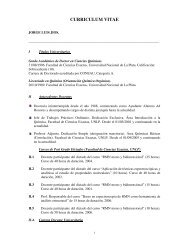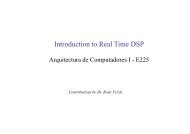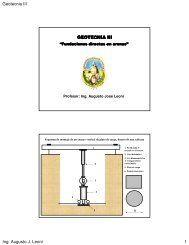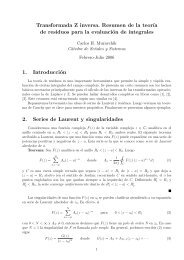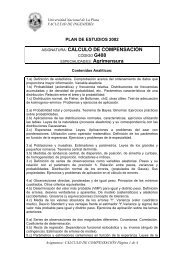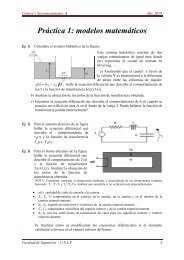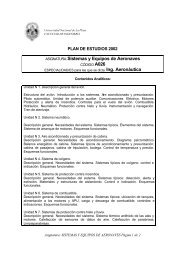ABCs of ADCs - Analog-to-Digital Converter Basics (PDF)
ABCs of ADCs - Analog-to-Digital Converter Basics (PDF)
ABCs of ADCs - Analog-to-Digital Converter Basics (PDF)
Create successful ePaper yourself
Turn your PDF publications into a flip-book with our unique Google optimized e-Paper software.
Inadequate Supply Bypassing• Noise Can Enter Via The Power Supply• Specified PSRR Is A D.C. Measurement• A.C. PSRR Worse Than D.C. PSRR• A.C. PSRR Degrades With Frequency29<strong>Digital</strong> circuitry typically causes a lot <strong>of</strong> noise on digital power lines. If the power source usedfor analog and/or mixed-signal devices is the same power source that is used for digitalcomponents, this noise can couple in<strong>to</strong> the analog and mixed-signal components through theirsupply pins. To the extent that the analog or mixed-signal components exhibit good powersupply rejection, this will not affect the analog or mixed-signal components. However, PowerSupply Rejection Ratio (PSRR) degrades with increasing frequency. Furthermore, PSRR asexpressed on data sheets <strong>of</strong>ten refers <strong>to</strong> the difference in a single parameter (e.g., OffsetVoltage) with two different stable d.c. supply voltages. This says nothing about how well highfrequency noise on the supply source is rejected by the component.Noise rejection on the power supply is never quite as good as the d.c. PSRR described aboveand gets worse with increasing frequency.<strong>ABCs</strong> <strong>of</strong> <strong>ADCs</strong> - Rev 3, June 2006Authored by: Nicholas “Nick” Gray29Copyright © 2003, 2004, 2006 National Semiconduc<strong>to</strong>rCorporationAll rights reserved



